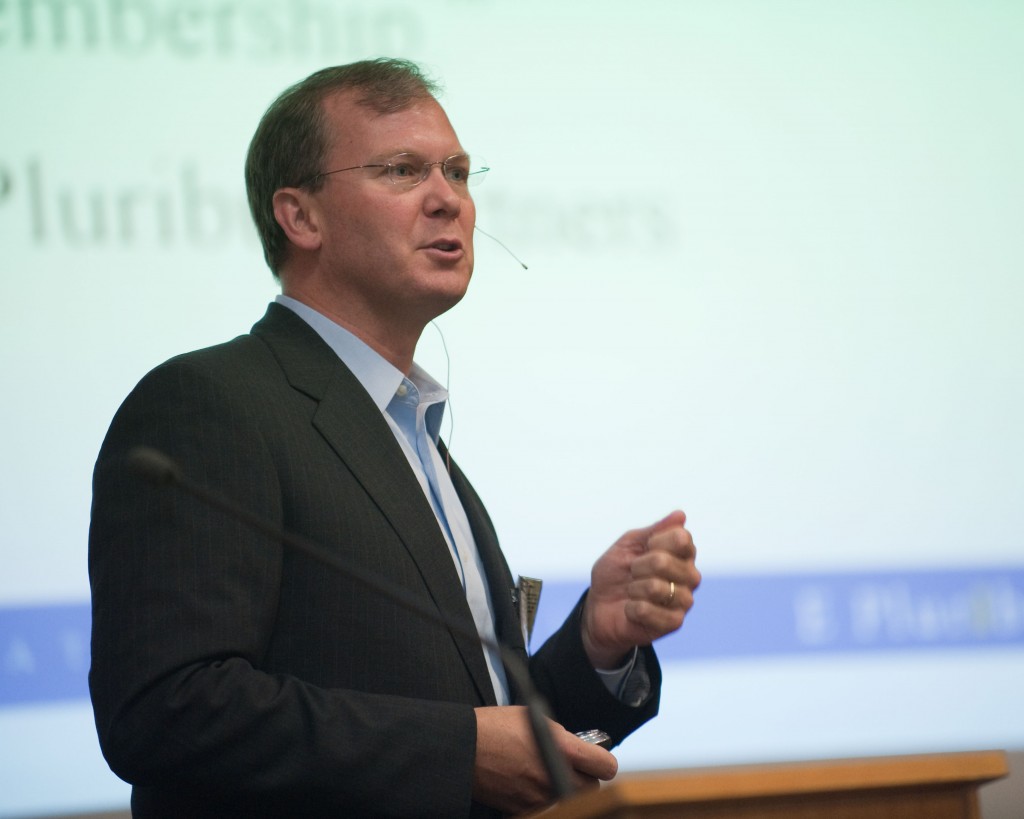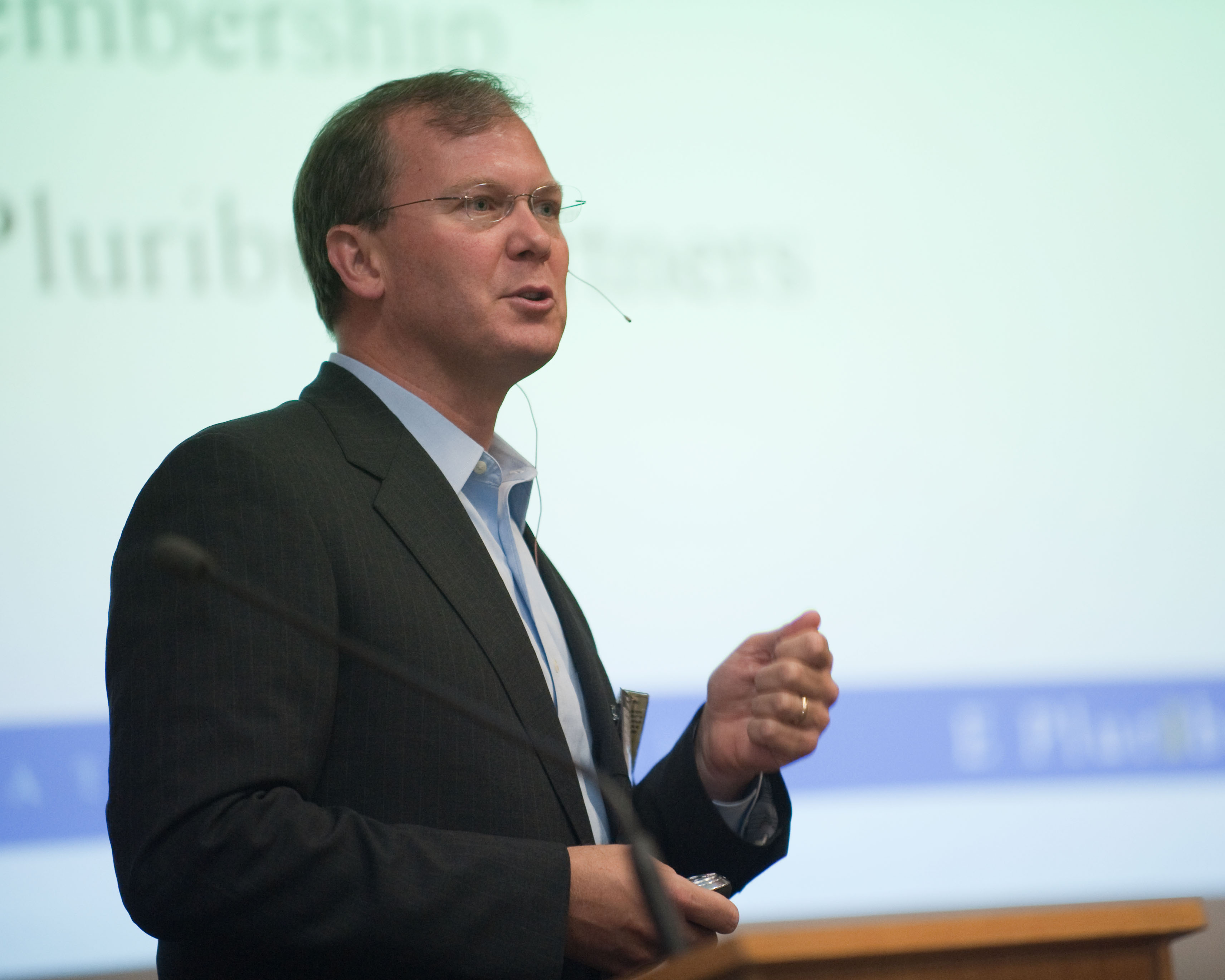
Years ago, when I was in my most stressful and challenging corporate role, I witnessed a dynamic that left me literally speechless. In this company, there had been a massive “clean out” of former senior management, and a set of new senior level executives (myself included) were brought in, purportedly to help reinvigorate the company. One thing struck me almost the day I set foot on the premises: the new people who were brought were resented, thwarted and stymied by the “old guard” – the staff who had been there for many years.
These long-timers acted in ways that revealed their seething resentment, anger and resistance against the new blood and new ideas. The result was an extremely toxic and dysfunctional environment, with factions pitting themselves against each other and bitter rivalries impeding the progress of the company on a daily basis. The impact to the bottom line was dramatic too and illustrated clearly how a culture of disconnection breeds discontent, disengagement and disillusionment (and poor financial results).
To learn more about how we can build a “connection culture,” and transform even the most dysfunctional offices or organizations into innovative and thriving workplaces, I was excited to catch up with Mike Stallard, the author of the new book Connection Culture: The Competitive Advantage of Shared Identity, Empathy and Understanding at Work. Mike is co-founder and president of E Pluribus Partners. He speaks, teachers, coaches and consults for a wide variety of organizations including General Electric, Google and Johnson & Johnson, and is a regular contributor to FoxBusiness.com and SmartBlog on Leadership.
Kathy Caprino: What is true “connection” and how do we know?
Mike Stallard: Connection is a bond with another individual or group based on shared identity, empathy and understanding. We know when connection is present because we feel it. It generates positive emotions such as energy, enthusiasm and joy. It not only affects our emotions, it also affects our productivity and health. One neuroscientist has even gone so far as to describe connection as a “superpower.” When our need for connection is met, we are more creative, we make better decisions, and we are more resilient.
In a group context, the opposite of feeling connection is to feel unsupported, left out or lonely. Disconnection makes us vulnerable to stress, anxiety, depression and addiction. There is a lot of disconnection in America today and it has contributed to the epidemic of loneliness and addiction we are presently experiencing. The good news is it doesn’t have to be that way.
Caprino: Why does connection have such a profound effect on us?
Stallard: Human beings are hardwired to connect. When we feel connection and experience social support we are less likely to go into a state of stress response. There is a biology of connection that helps explain this. The body senses when threats are present and it goes into stress response mode, sending blood, glucose and oxygen to the heart, lungs and big muscles like the thighs. At the same time, the body shortchanges the brain, digestive, immune and reproductive systems, leaving us more vulnerable to memory loss, digestive disorders, infection and illness. The body is preparing to fight or flee. When we are stuck in a state of stress response for a long period of time, it drains the life out of us. Unfortunately, many people today are struggling for this very reason.
Connection also affects neurotransmitters in our brains and hormones throughout our bodies. And it affects the healing process.
Caprino: Can you share a specific example of a group that has benefited from connection?
Stallard: One of my favorite stories in the new book is the rock band U2. Those guys are extremely connected. They have been together since they were teens and have a lot of the same friends they had in high school. They encourage one another in good times and through the inevitable difficult seasons in life such as the death of two of the members’ mothers when they were teenagers, one member’s drug and alcohol addiction, another member’s divorce, the illness of a child and death threats to Bono, the lead singer. They are a truly amazing group that went from a band people laughed at to become one of the best bands in history with more Grammy awards than any other band and the highest revenue producing concert tour of all time. Bono says the way the band operates is more extraordinary than the band’s music. He is referring to the band’s connection culture.
Caprino: So how does U2 stay so connected?
Stallard: Three ways: vision, value and voice. Bono is the band’s leader among equals. He communicates an inspiring vision and lives it. The band’s vision is to promote human rights, social justice and matters of faith. Bono walks the talk. He and his wife Ali are philanthropists who help the poor, particularly in Africa.
Bono values the other members of U2. When Larry Mullen’s mom was hit and killed in a car accident, Bono came to his rescue and Bono could empathize because his mom had passed away a few years earlier. When U2 was offered its first recording contract the record company executive told Bono the band would have to replace Larry on drums, Bono said forget it (although he used much more colorful language). The band also splits economic profits evenly among the four members and their manager. Finally, Bono is always recognizing the contributions and character of his bandmates. In these ways, they value one another as human beings rather than thinking of one another as means to an end.
Finally, the third way they connect is that everyone has a voice in decision-making. If anyone strongly opposes a particular decision, the band won’t do it. It takes longer to make decisions, and it can be frustrating at times, but U2 believes this produces the best results.
Caprino: Why is connection essential to thriving organizations and businesses?
Stallard: Connection is life-giving, whereas disconnection is life-draining. When people feel connected to a group, they are more likely to give their best efforts, align their behavior with the organization’s and leader’s goals, more fully communicate so decision-makers have the information they need to make optimal decisions and participate in helping the organization innovate and improve.
Employees who feel disconnected are less likely to do all of the above. If you don’t feel connected at work, the hours spent on the job won’t be fulfilling. Disconnected employees mostly show up for the paycheck and focus on self-protection so they can fund their lives outside of work. Some may even work against the organization’s success.
The challenge for leaders is to weed out the cultures of control and cultures of indifference that breed disconnection. In a culture of control, those with power, control, status and influence rule over others. In a culture of indifference, everyone is so busy they don’t take time for relationships. Both are toxic. In a connection culture, people develop supportive, cooperative and collaborative relationships.
Caprino: What are some ways we can build a more connected organization and culture?
Stallard: In Connection Culture, we present a framework and supporting research; share case studies from business, government, sports, higher education, healthcare and the social sector; and feature 15 building blocks to create a connection culture. Here are few critical actions to engage in immediately to transform your organization:
Hire and train for competence and connection skills
Organizations need to hire and train people for both competence and connection skills. Connection skills training for supervisors should address how to be a mentor, how to give and receive constructive feedback, how to conduct meetings that give participants a voice and other connection-related skills.
Hold leaders accountable and give them support
Only managers who connect and create a connection culture are really leaders who people will want to follow. As such, organizations need to hold leaders accountable for creating healthy workplace cultures by implementing annual employee engagement/connection surveys. Mentoring and/or coaching support should be provided to help managers who are struggling to connect and create connection cultures.
Encourage connection at all levels
Individuals who are not in supervisory roles are responsible for becoming intentional about connection, too. Getting to know the people you work with, encouraging and helping colleagues in need, being present in conversations and learning how to give constructive feedback without making people defensive are a few of the ways we can become intentional connectors and boost connection at work.
For more information on how to build a connection culture, visit Michael Lee Stallard and his book Connection Culture.
 Kathy Caprino, M.A. is a nationally-recognized career success coach, writer, trainer and speaker dedicated to the advancement of women in business. She is the author of Breakdown, Breakthrough:The Professional Woman’s Guide to Claiming a Life of Passion, Power and Purpose, and Founder/President of Ellia Communications, Inc. and the Amazing Career Project, focused on helping professional women build successful, rewarding careers of significance. A Forbes, Huffington Post and LinkedIn contributor and top media source on women’s career and workplace issues, she has appeared in over 100 leading newspapers and magazines and on national radio and television. For more information, visit www.kathycaprino.com and connect with Kathy on: Twitter, FB, LinkedIn.
Kathy Caprino, M.A. is a nationally-recognized career success coach, writer, trainer and speaker dedicated to the advancement of women in business. She is the author of Breakdown, Breakthrough:The Professional Woman’s Guide to Claiming a Life of Passion, Power and Purpose, and Founder/President of Ellia Communications, Inc. and the Amazing Career Project, focused on helping professional women build successful, rewarding careers of significance. A Forbes, Huffington Post and LinkedIn contributor and top media source on women’s career and workplace issues, she has appeared in over 100 leading newspapers and magazines and on national radio and television. For more information, visit www.kathycaprino.com and connect with Kathy on: Twitter, FB, LinkedIn.
This article originally appeared in Forbes.






Add Comment